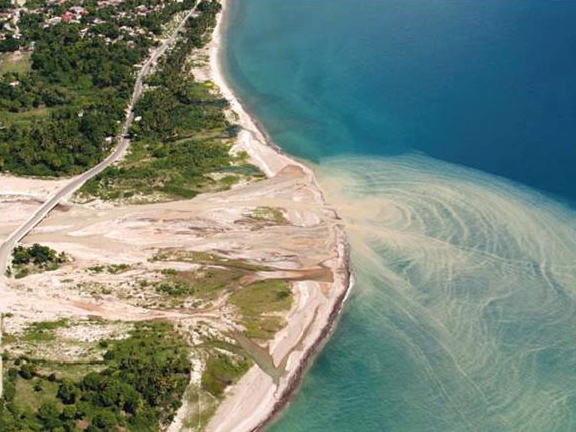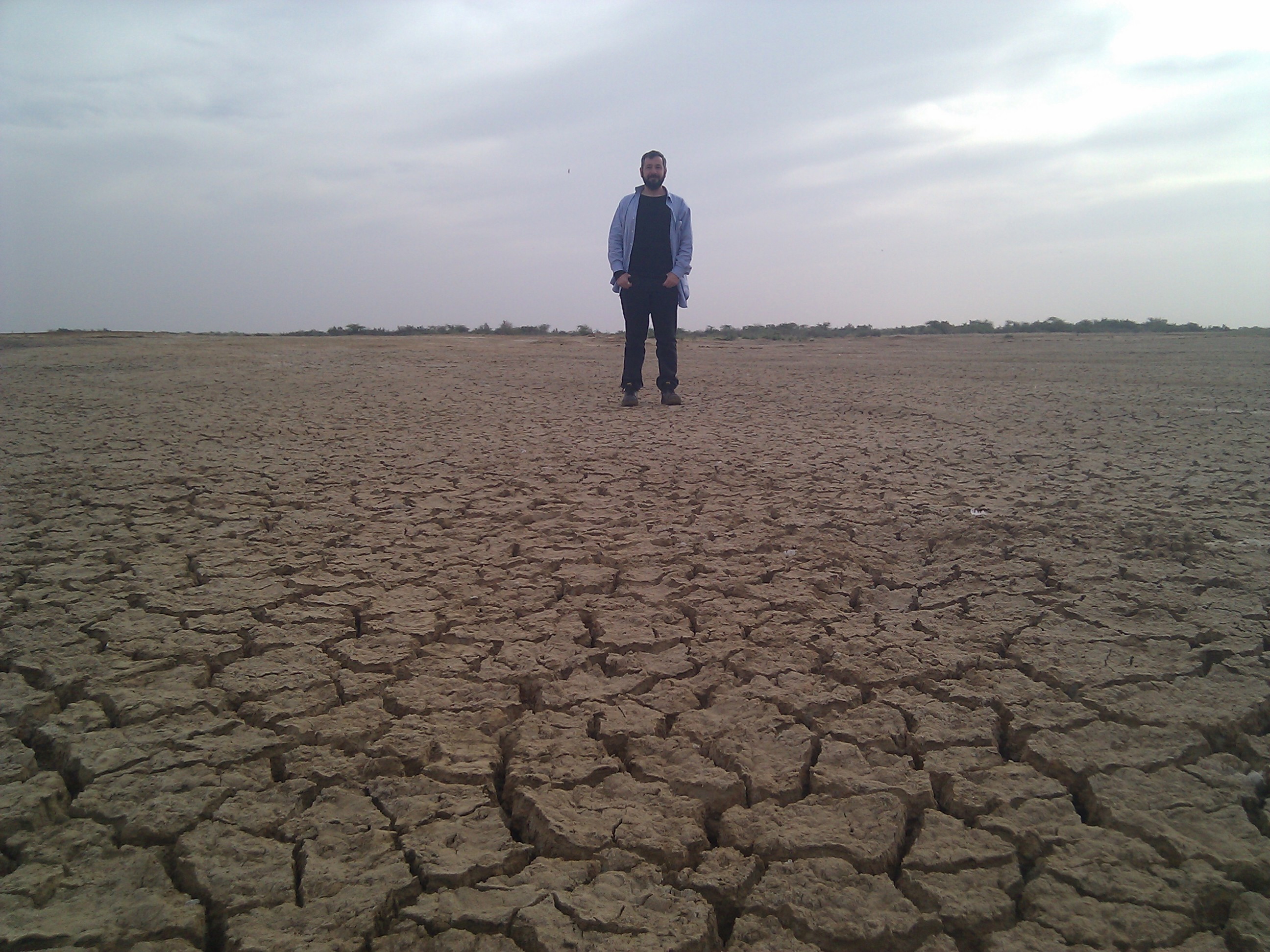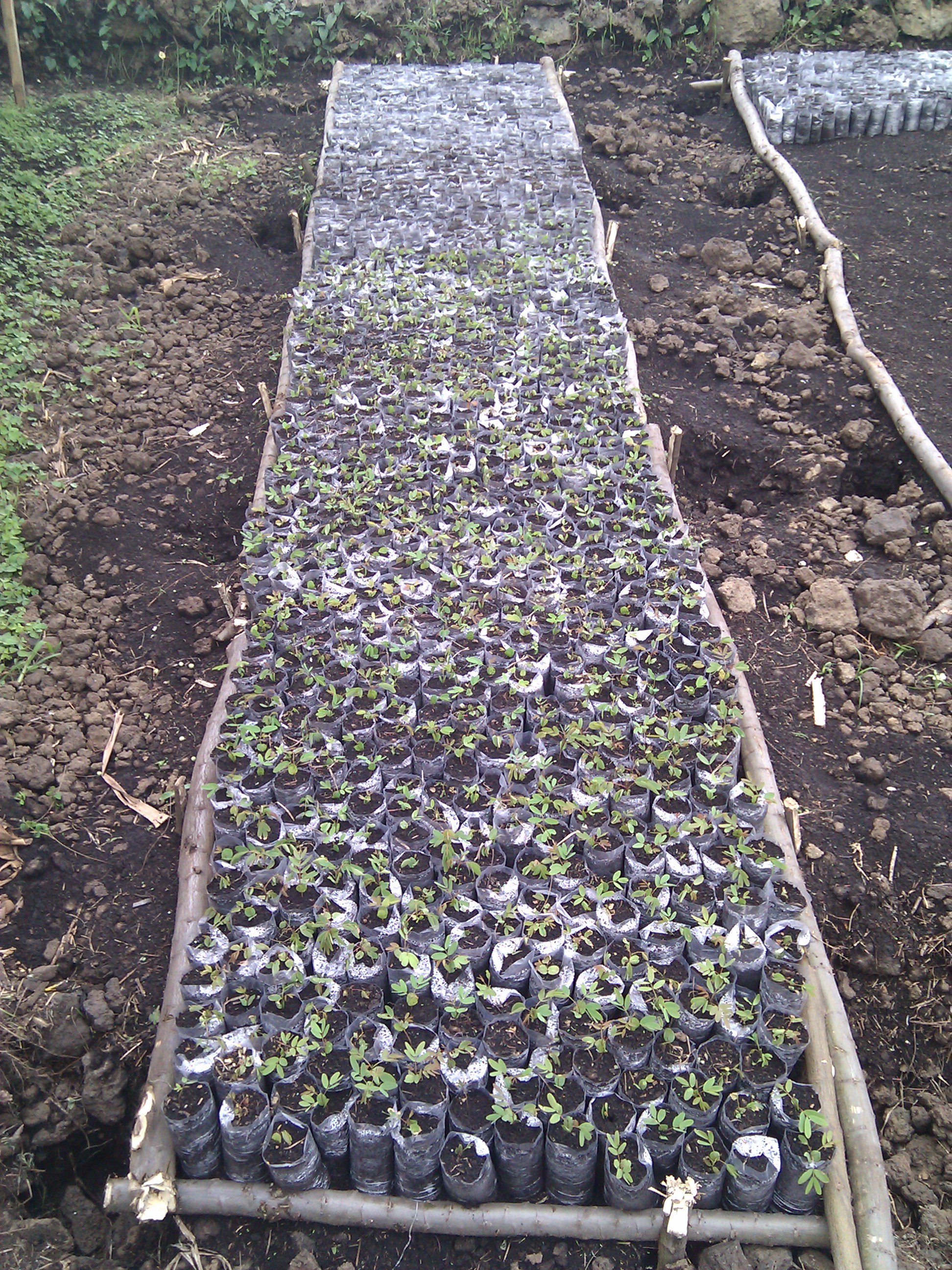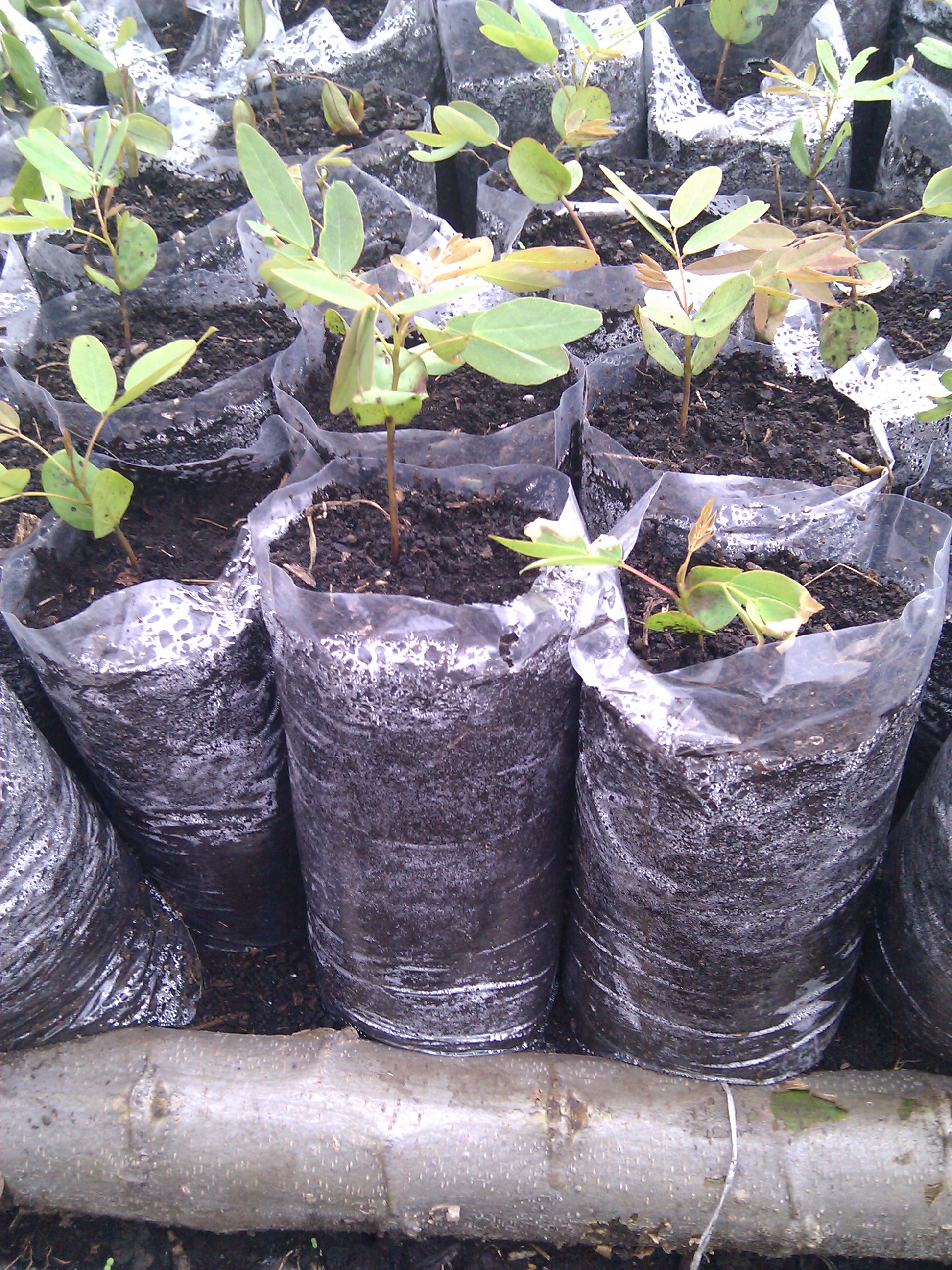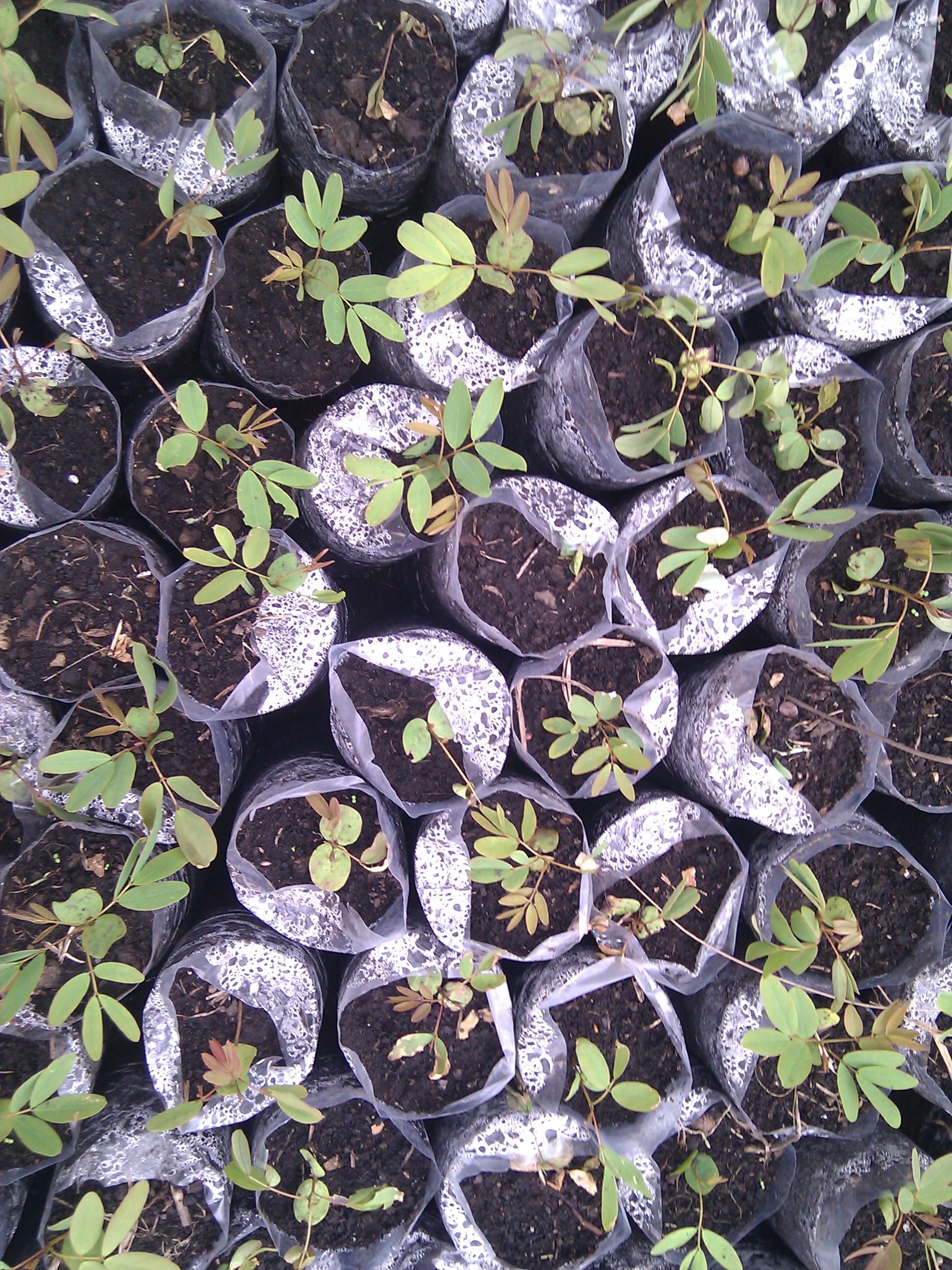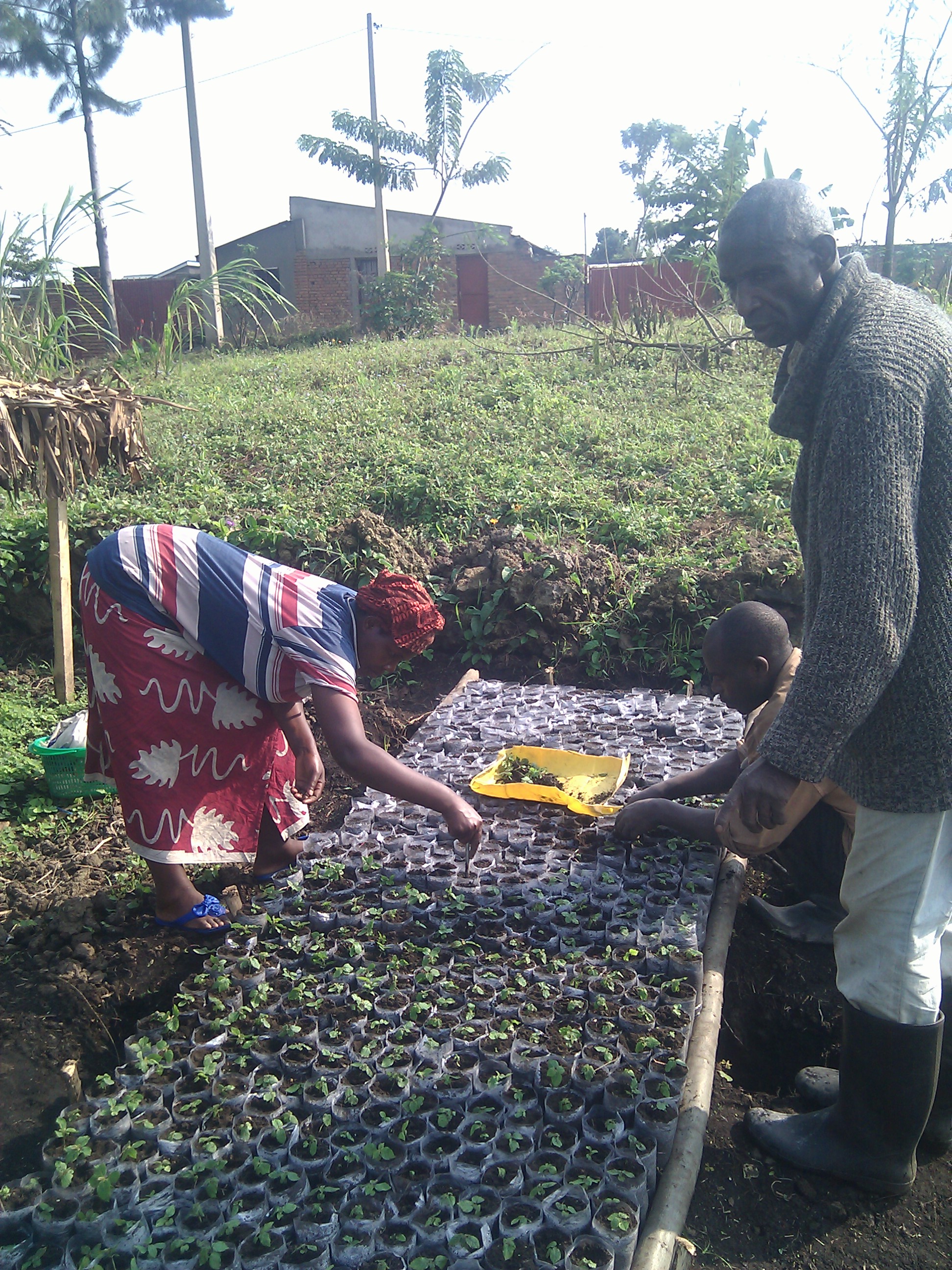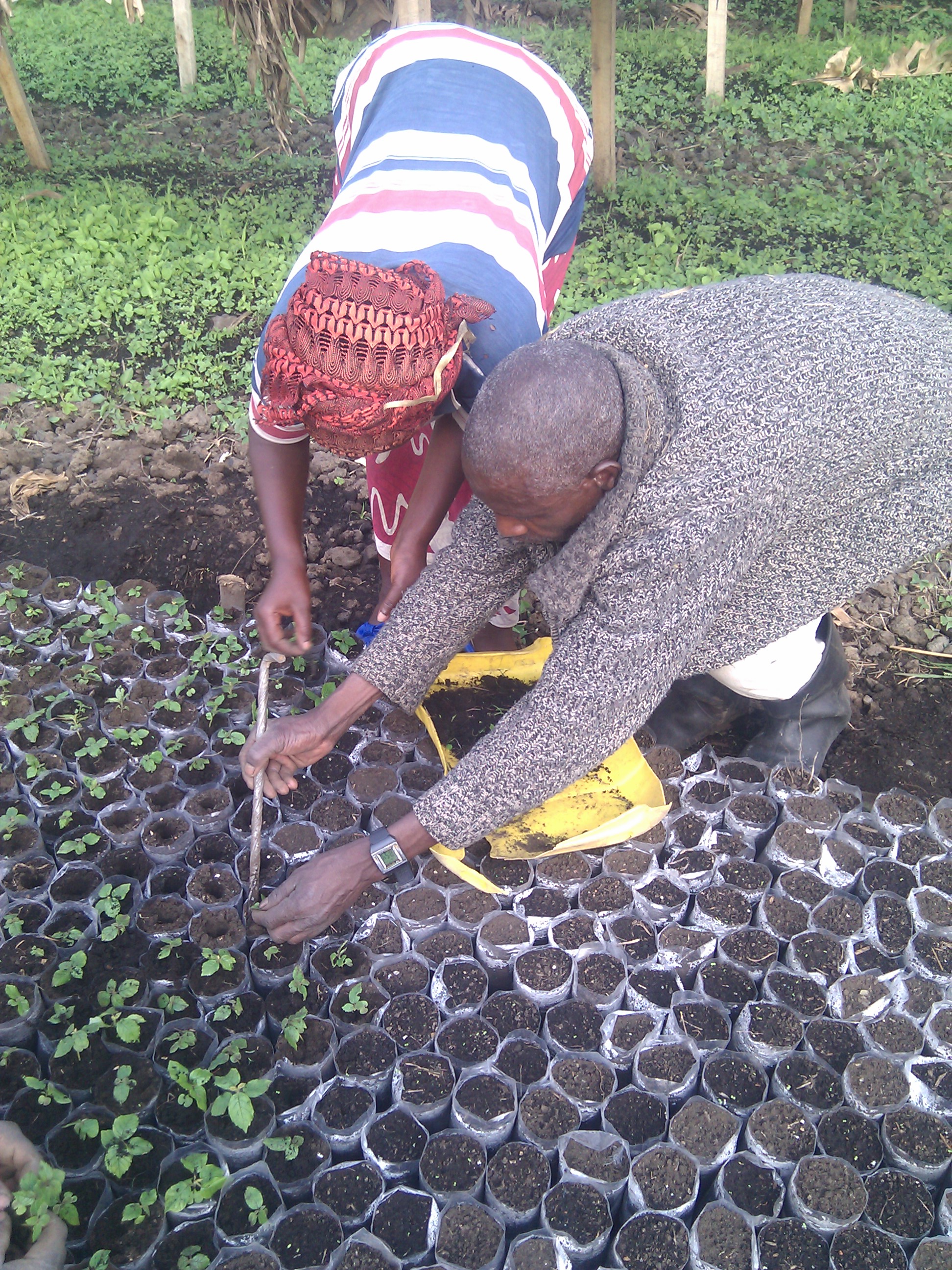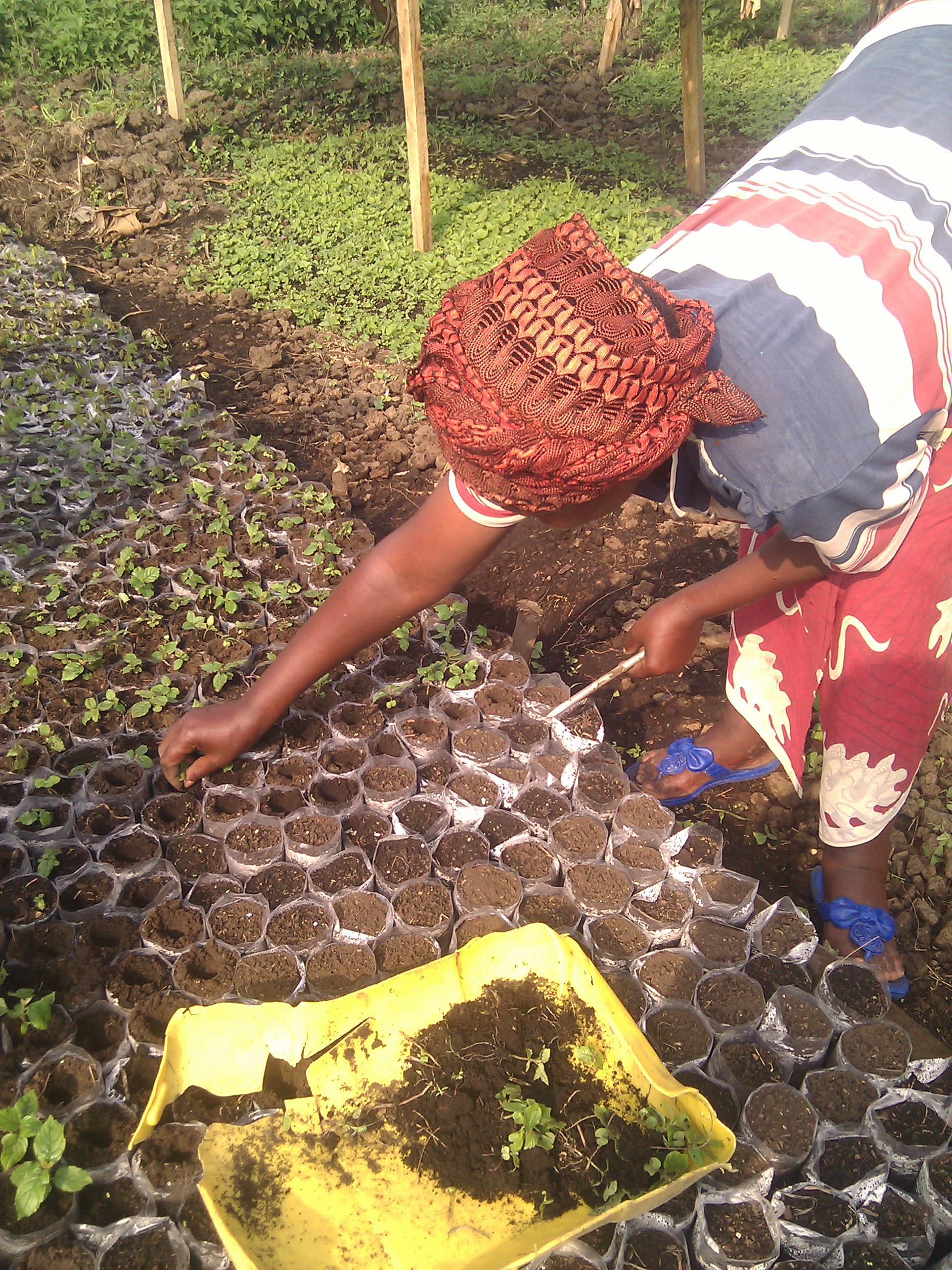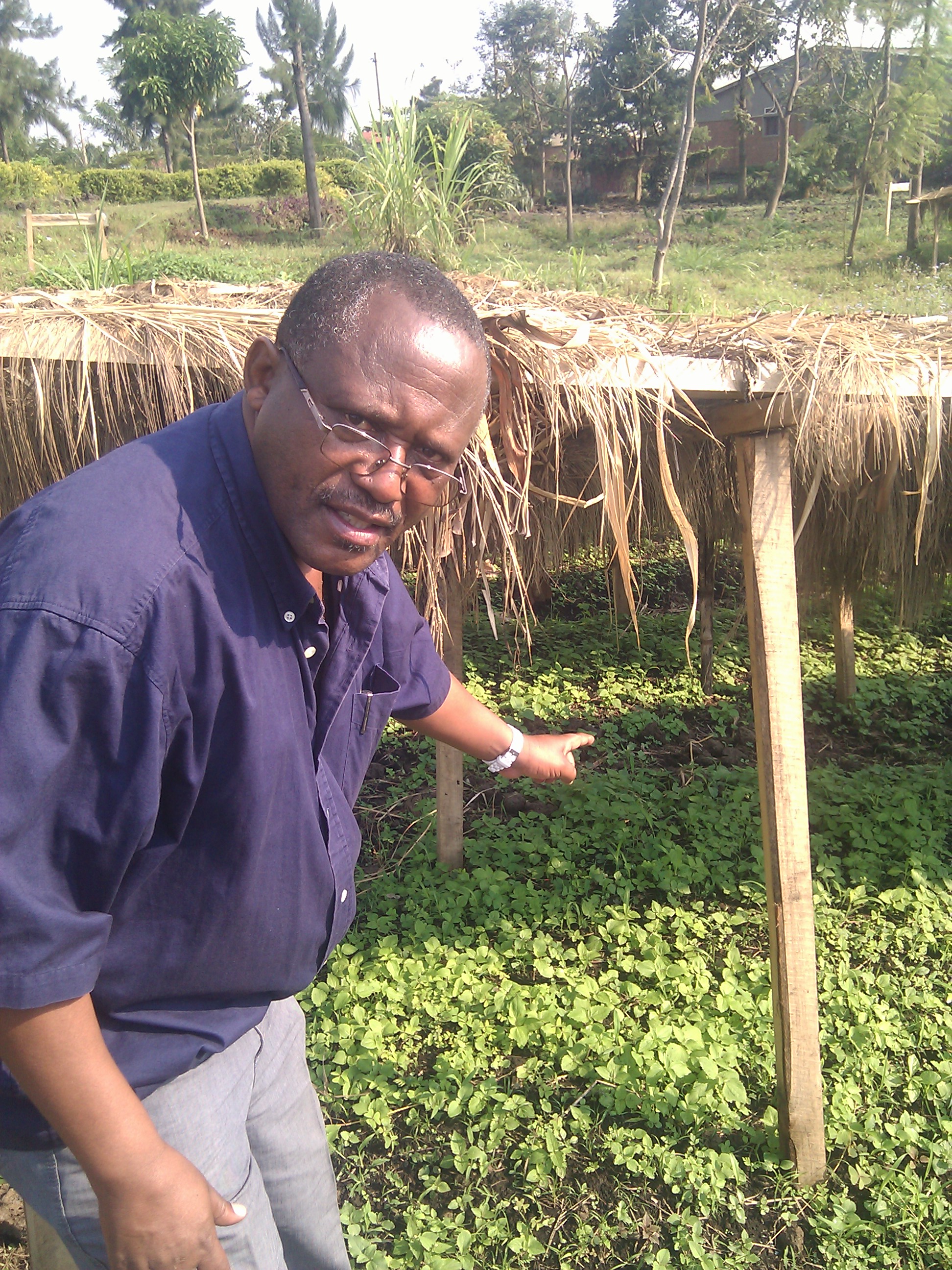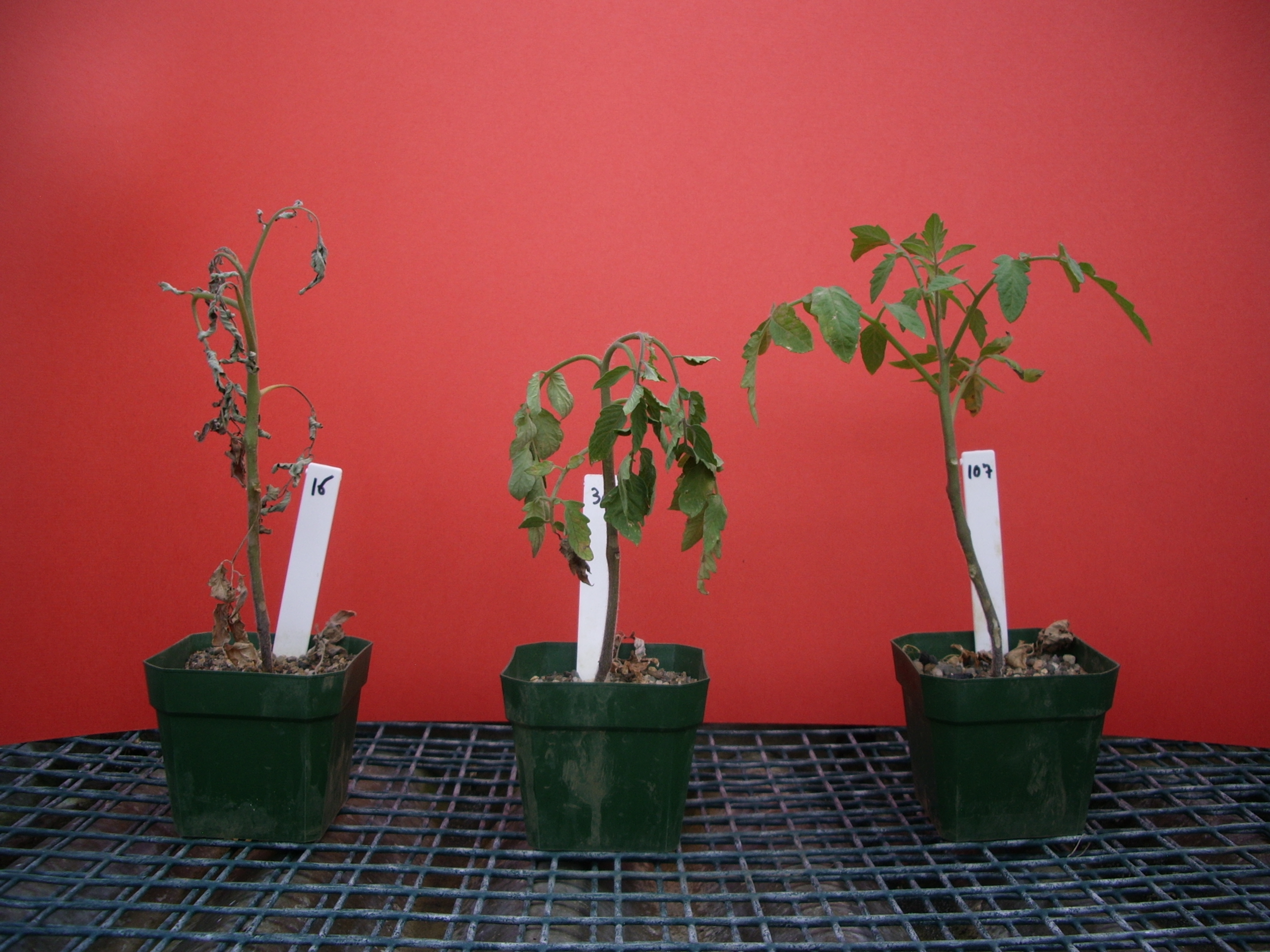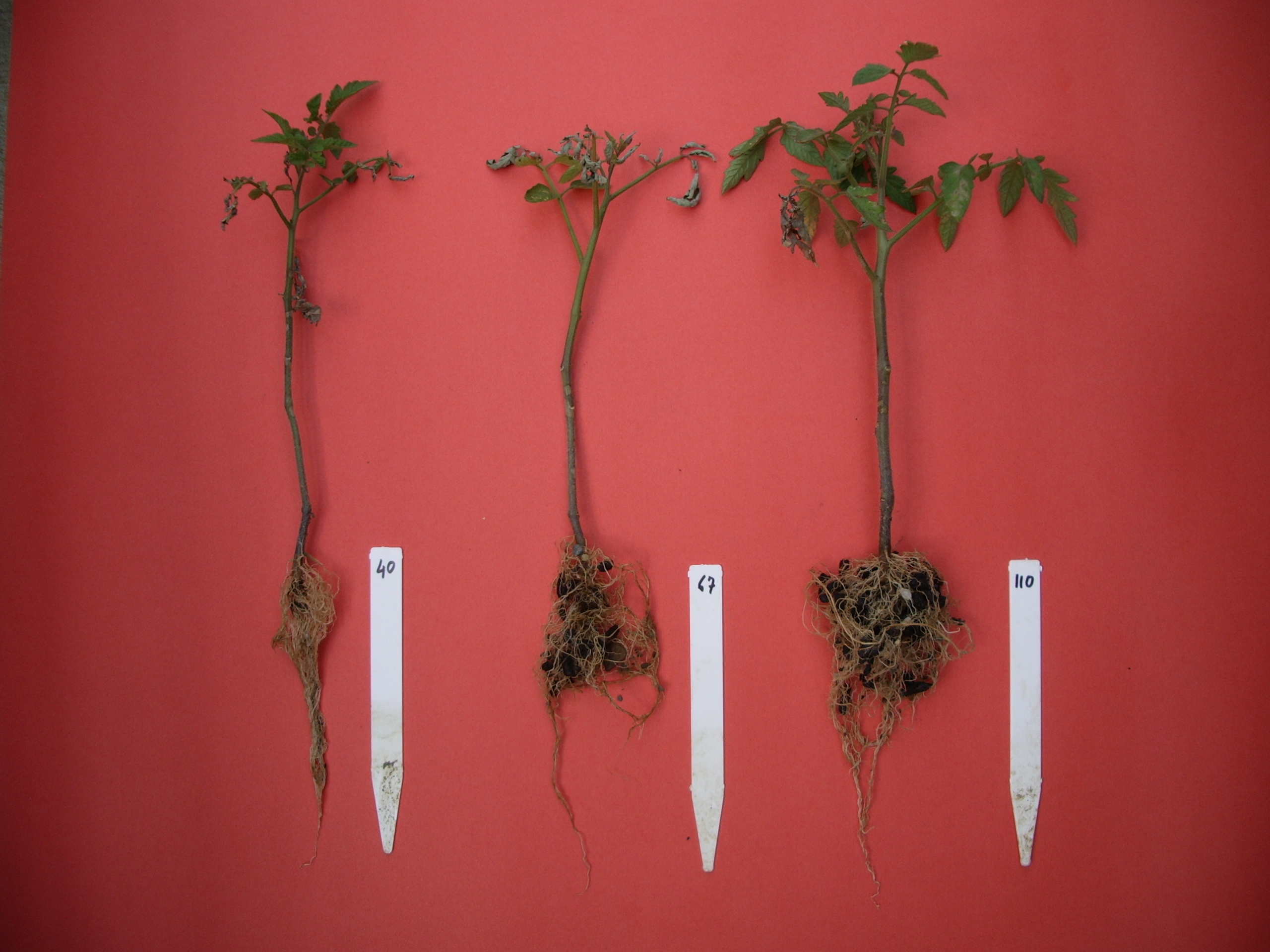Climate change has left much of the world incapable of growing enough food on available land. The field-tested aliquote system developed by WorldStove is allowing plants to grow in places where the soil conditions were too poor before the aliquotes were applied and is improving the success rates of reforestation programs. Additionally, it allows up to 90% reduction in the amount of water needed to maintain and grow the plants.
The importance of soil restoration is that it translates to trees and food for communities that no longer have them, and allows for the re-establishment of healthy soils and biodiversity in the rhizosphere. In the long term, this prevents additional soil loss and erosion. It allows communities to become self-sufficient, and, by preventing nutrient and silt run-off, our aliquote system is an effective tool for protecting aquifers and fragile coastlines.
An aliquote system concentrates small amounts of biochar and nutrients near the root balls of plants. The astounding thing is that a single LuciaStove can provide enough biochar each year (during regular cooking use) to plant as many as 6083 plants per year.
Each of our StoveHubs is partnered with a local university. WorldStove works with the university partner to teach local communities how to implement these new agricultural practices, monitor their effectiveness and adjust for specific crops and soil types. This work is an integral part of our closed loop system.
For over a decade most of our work has been in countries with borders on an ocean. Given that more than half the world’s population currently live in coastal areas, accounting for only five percent of inhabited land (Living on the Edge: Hilltop-to-Ocean) two years ago we began to apply our aliquote system to coastal restoration. Given that the higher the population density the greater the environmental risks our work shifted to soil restoration to provide more local crops to coastal community while at the same time reducing runoff and reversing ecosystem damage which is associated with poor coastal management practices. while still in the the early stages the work has shown great promise of hope in terms of marine ecosystem restoration while at the same time improving local food production.

